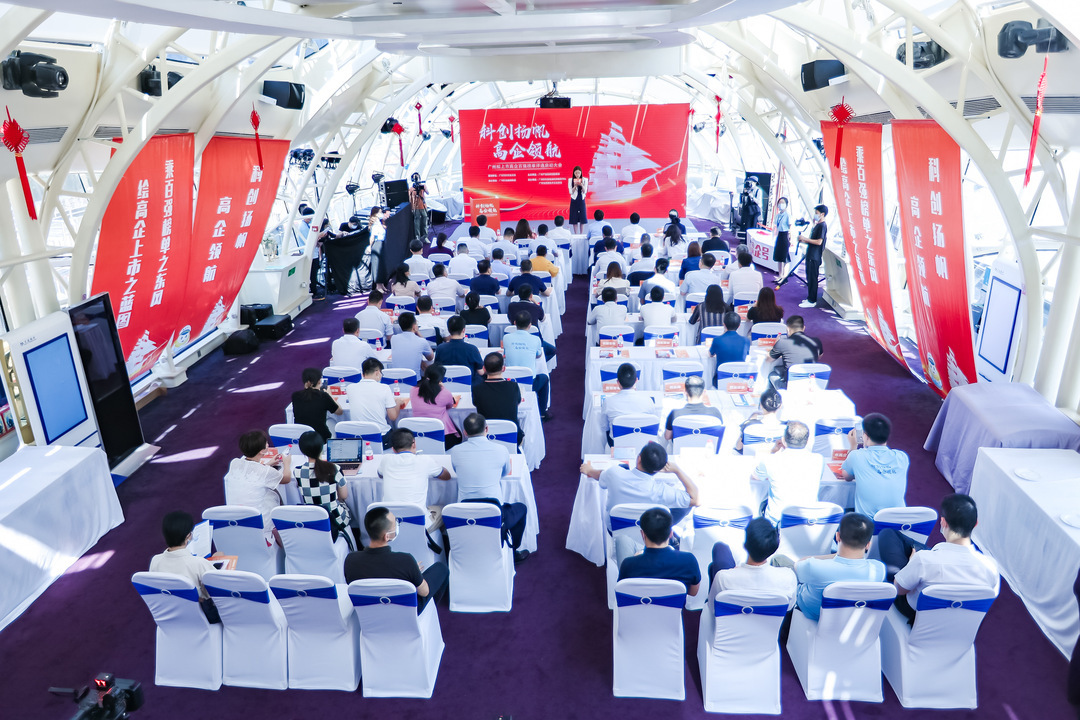Not to mention that cadres can not work, it is your no talent formation!
Author:Everyone is a product manager Time:2022.07.05
Editor: Some companies will not attribute the combat effectiveness of the team to cadres' ability. Is this really true? The author of this article believes that through the scientific design "talent formation", it can evoke the chemical reactions between talents and enhance the team's team strength. What should I do? Let's take a look together.

Many companies attribute the insufficient combat effectiveness of the team to the lack of cadres' ability, but this cognition is too superficial and logical. If the ability of cadres is equivalent to team combat effectiveness, why are the super teams composed of several top stars still worry about combat effectiveness? Real Madrid in the 2003-2004 season, Brazil in the 2006 World Cup, and Inter Milan in the 1999-2000 season are all vivid examples.
In fact, lack of ability of cadres may not be the main reason. There is no chemical reaction between talents is the root cause of the problem. Thinking from another angle, if these cadres are still these cadres, can they evoke the chemical reactions between them in some way and enhance the combat effectiveness of the team?
I think it is okay, this is the scientific design "talent formation". In reality, 99%of companies did not realize the importance of this problem, and they did not sort out human resources based on this logic, which caused cadres to have a low effect.
01 Talent formation has three dimensions
Dimension 1: Insider and defense concept
First, the concept of offense and defense, that is, the distribution principles of the tissue structure (business process, organizational structure, job system, etc.). In the language of football, whether it is defensive counterattack, offensive suppression, or full attack. Specifically, including the following two dimensions:
Defensive concept: How to maintain the customer experience and ensure that you can't drop the team? Attack concept: How to create a differentiated customer experience and help customers make determination? The purpose of the so -called team building is to have the effect of competing for the formation of Tianjia horse racing relative to the talent team. This must be achieved through the unique design in the talent formation. The core of the design is the "offensive and defensive concept".
The concept of offensive and defensive concepts focuses on customer experience, which is more like business logic, but profoundly affects the troops of the talent team. In popular terms, once the concept of offense and defense is determined, it will affect the company's overall distribution, thereby affecting the organizational structure, such as business processes, organizational structures, job systems, etc. This dimension can be measured using the flat index and combat personnel proportion of the proposed.
Dimension 2: Talent standing
The second is the talent standing, that is, which key talents to fight to fight, this is a further distribution of troops. In the language of football, who is the forward, who is the midfielder, and who is the guard. Generally, companies need to find at least three floors of core talent warehouses, surrounding talent warehouses and secondary talent warehouses. In order to achieve the positioning (standing) of these talent warehouses, the number, quality and structure of various talent warehouses need to be planned.
Talent standing is determined by the previous offensive and defensive concept, and the two must be highly consistent. For example, a To B company has determined to achieve offensive suppression with strong R & D strength, but it is reluctant to invest in the research and development talent team. It is difficult for customers to form a differentiated experience of the product and naturally cannot determine to pay. This is equivalent to only one striker on the football field, and shouting to attack, which is obviously irrational.
Dimension 3: cooperate
The third is to cooperate with how to achieve cooperation between the three layers of talent warehouses, which is a bit like a coordination mechanism. In the language of football, how to block the opponent's offense and how to transmit the ball to break the goal.
Besides, simple is that in defense, there should be a few lines of defense, how to cooperate with each other to eliminate the opponent's offense; the offense, who attacks, who assists, who is the main position, and in the position of the defense line (the backcourt long passing the rinsing suspension , Still cross -cutting), who will send a fatal blow.
Enterprises need to clarify what competitiveness it is the main focus, who is the "arrow" of who is competitive, and how the rest of the talents cooperate. In order to implement these players, the output of various talent warehouses is needed to guide them.
The cooperation is obviously determined by the position of talent, and the two must also be highly consistent. Still continuing the above examples. The company determines that the R & D team is used as an offensive arrow to form a differentiated customer experience. Then the business team is required to find the key needs of customers, create an attack opportunity, and allow the R & D team's research and development advantage to blow in one blow. In the same time, the delivery team is required to maintain the level of delivery and form a solid defense. At least it is not grasped by the opponent to catch the shortcomings and penetrate the product. Obviously, only by determining the talent stand can form a cooperative play.
If the company provides the delivery talent as an offensive arrow, it is advocating that although it provides homogeneous products that are similar to the competition, the work is solid and the output is stable, and it is naturally another set of cooperation.
02 Organizational design ignored
To clarify the talent formation, the key is to sort out the talent warehouse from the four dimensions of the organizational structure, that is, along the path of "business model → business process → organizational structure → job system", to screen out a three -level key talent warehouse.
This is a further figuration of the organizational design after the design of the tissue structure. Only by clarifying this organizational design can talents form a benign "chemical reaction". Obviously, this is a key question that the human resources work must be answered but often ignored.
In practice, this should be completed by the organizational development function (OD) of the Ministry of Human Resources, but it is clear that most ODs have not done this job well.
In the above example, the company obviously focuses on "heavy products". The R & D team should be the core talent warehouse; then the business team must filter customer needs through consultants and transmit product value. This is the most important peripheral support; again, the delivery team after product sales can realize the closed loop of service commitments. Very important. Then, this enterprise has formed a talent formation of the "R & D team → business team → delivery team". Based on the customer experience as the premise, support for the core talent warehouse of the R & D team, but the importance decreases outward.
Of course, if the granularity of the job system is deeply penetrated, we must also filter the three teams of R & D, business, and delivery, and find that the "talent warehouse" that really needs attention.
03 The embarrassment of reality
In my counseling company, I have seen too many talent formations. Too many companies like to be based on business, skip the talent formation (organizational design), and directly talk about the lack of talents.
In the talent formation, they like to use the status quo as the starting point, and encourage employees to "boldly act" through feelings. Translating their words is that the striker, midfielder, and defender are all offensive and defensive, and even goalkeeper must be able to rush to the frontcourt to score.
In fact, if the talent formation is not clear, the requirements for employees will be blurred, and the feelings of more feelings are useless. It is burden on employees, because no one can meet the high requirements of the boss.
The reality is that the vast majority of companies are not cadres who are not strong and cadres, and are more likely to have problems with the talent formation. My suggestion is that, instead of "talent inventory", the enterprise uses the old "performance-values" two-dimensional model to operate, it is better to take a look at its own talent formation.
Before counting the talent formation, it is actually not meaningful to take stock of talents. If the company tries to take stock of the talent formation, and finds that they cannot respond to the three issues: the concept of offensive and defensive, talent standing and cooperative play, then the problem is really big ...
How, entrepreneurs, dare to try?
#Columnist#
Mu Sheng, WeChat public account: Mu Sheng Office (ID: HRM-Yun), everyone is a product manager columnist. "Platform Organization: Release the potential of individual and organization" author, well -known management scholar, post -doctoral business administration of Guanghua School of Management, Peking University, doctorate in management, founder of Musheng Enterprise Management Consulting Office, Internet business model and organizational transformation research expert.
The original published in this article is that everyone is a product manager.
The question map is from UNSPLASH, based on the CC0 protocol.
- END -
In 2022, the selection of the top 100 list of high -ranking companies in Guangzhou was launched

Create the capital market Guangzhou High School EchelonTianlang Zhujiang is new, a...
On the evening of the 13th, the largest full moon this year will appear in the night sky

This year's largest full moon is coming! On July 11, the reporter learned from the...